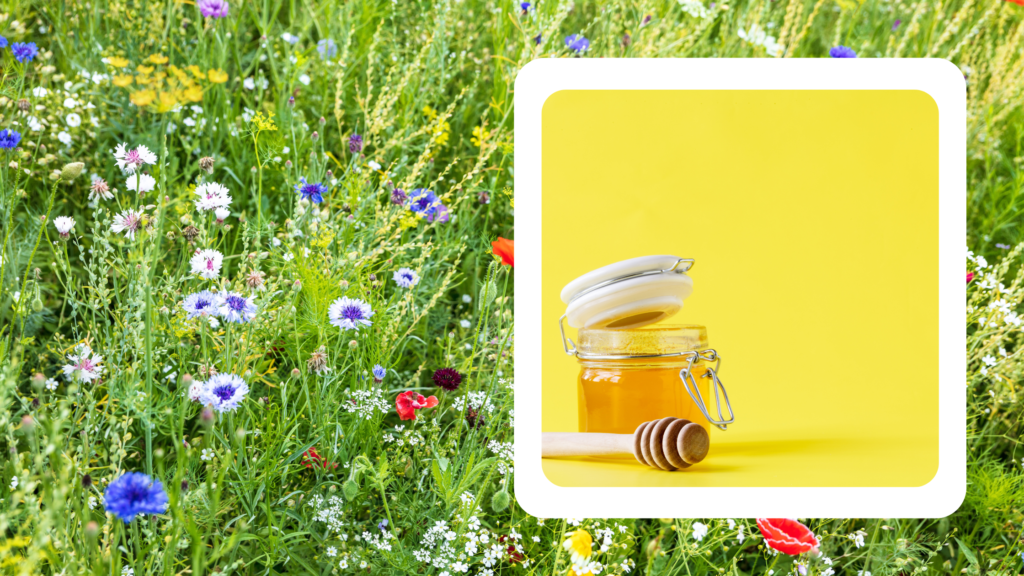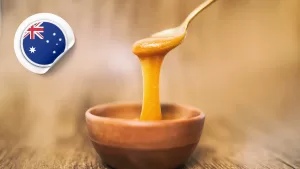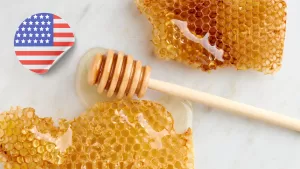Nature’s vibrant tapestry unfolds in the form of wildflowers, adorning meadows and fields with their radiant colors. Amidst this floral abundance lies a hidden treasure—wildflower honey. Renowned for its unique flavor and medicinal properties, wildflower honey encapsulates the essence of diverse blooms. In this blog, we embark on a journey to explore the benefits, production, and enchanting world of wildflower honey.
Origins and Production:
Wildflower honey is a delightful creation derived from the nectar of various blooming wildflowers. Unlike single-source honey varieties, it represents a blend of nectars collected by bees from an array of wildflowers, herbs, and flowering plants. As bees traverse their environment, they collect the nectar and transform it into the golden elixir we know as wildflower honey. The precise composition and flavor profile of wildflower honey vary based on the local flora and the time of collection.
Countries that Produce Wildflower Honey:
Wildflower honey is cultivated in numerous countries, each offering a distinct blend of floral diversity. Here are some notable honey-producing regions known for their exquisite wildflower honey:
1. United States: The vast landscapes of the United States harbor an incredible array of wildflowers, making it a significant producer of wildflower honey. States such as California, Texas, and Oregon are renowned for their diverse flora, contributing to the country’s abundant honey production.
2. Spain: With its Mediterranean climate and diverse ecosystems, Spain is a prominent producer of wildflower honey. The country’s floral biodiversity, ranging from lavender fields to sunflower meadows, gives Spanish wildflower honey a unique character.
3. Germany: Germany boasts vast expanses of meadows and forests, providing an ideal habitat for wildflowers. The country’s diverse flora, including dandelions, rapeseed, and heather, contributes to the production of high-quality wildflower honey.
4. Argentina: The Argentine Pampas region is home to an extensive variety of wildflowers. The bees’ access to diverse nectar sources results in the production of flavorful wildflower honey.
Benefits of Wildflower Honey:
Beyond its delightful taste, wildflower honey offers an array of health benefits, making it a valuable addition to your pantry. Here are some notable advantages associated with consuming wildflower honey:
1. Antioxidant Powerhouse: Wildflower honey, like other honey varieties, contains antioxidants that help combat harmful free radicals in the body. These antioxidants contribute to overall well-being and support the immune system.
2. Soothing Properties: The natural sugars in wildflower honey provide a soothing effect, making it an excellent choice for soothing sore throats and coughs. It can also alleviate discomfort associated with allergies and colds.
3. Nutritional Value: Wildflower honey contains essential vitamins and minerals, including vitamin C, vitamin B complex, calcium, and iron. It serves as a natural energy booster and aids in maintaining overall nutritional balance.
4. Wound Healing: The antimicrobial properties of wildflower honey make it beneficial for wound healing. Applied topically, it can help prevent infection and promote the growth of healthy tissues.
5. Digestive Health Support: Consuming wildflower honey in moderation may aid digestion and alleviate digestive discomfort. It can act as a gentle laxative and promote the growth of beneficial gut bacteria.
Culinary Uses:
The rich, nuanced flavors of wildflower honey lend themselves to an array of culinary applications. Here are a few popular ways to enjoy wildflower honey:
1. Pairing with Cheese: Wildflower honey pairs exceptionally well with a variety of cheeses. Its delicate sweetness complements the savory and salty flavors, creating a harmonious balance.
2. Baking and Desserts: Wildflower honey adds a distinctive flavor to baked goods such as bread, cookies, and cakes. It can be used as a natural sweetener in desserts like fruit salads, ice creams, and puddings.
3. Tea and Beverages: Stirring a teaspoon of wildflower honey into a warm cup of tea not only enhances its taste but also provides a natural sweetener. Additionally, it can be incorporated into refreshing beverages like lemonade or herbal infusions.
4. Salad Dressings: The unique flavor profile of wildflower honey makes it an excellent addition to homemade salad dressings. It brings a subtle sweetness that complements both leafy greens and fruit-based salads.
Wildflower honey is nature’s symphony captured in a jar—a fusion of diverse floral essences and flavors. Its numerous health benefits, coupled with its versatility in the culinary world, make it a cherished ingredient in households worldwide. So, indulge your taste buds, savor the richness of wildflower honey, and relish the wonders that nature has to offer.



